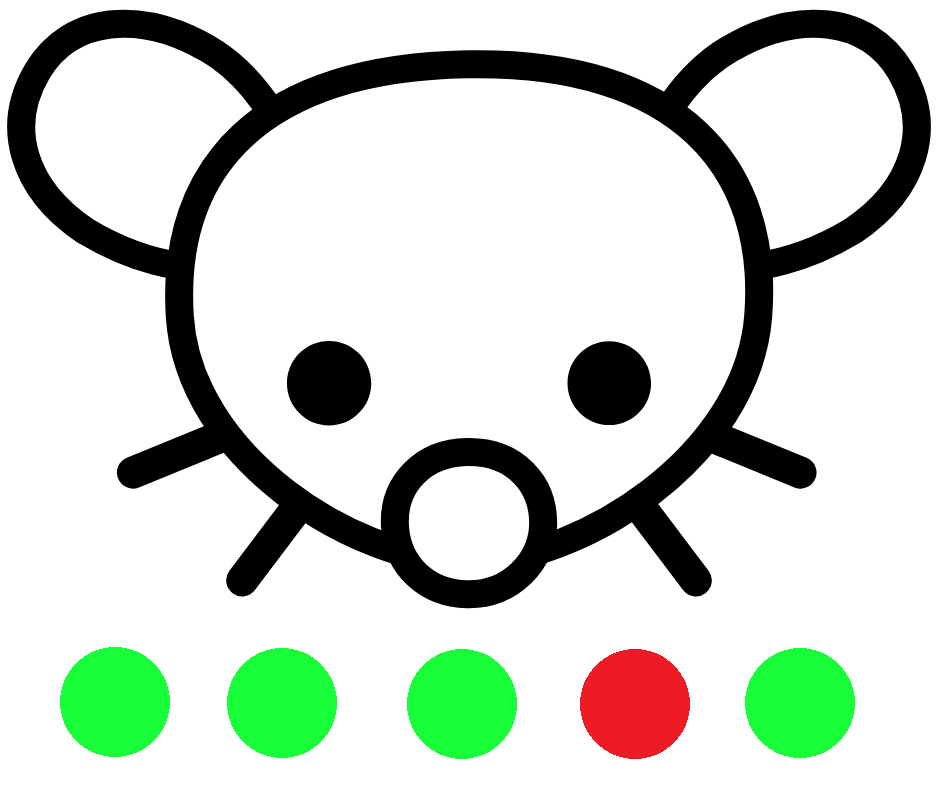My sister, a dentistry student, got one in a promo event. It glows when you walk by to remind you to brush. Drove me nuts.
- 2 Posts
- 334 Comments

 1·7 days ago
1·7 days agoThe other guard lies on even days.

 6·9 days ago
6·9 days agoI don’t like YoY share percentage point delta. It’s misleading and making it seem like a significant number of Mac users left, although they probably just stagnated while more Windows and Linux users came. I’d rarher see YoY absolute number delta.

 4·9 days ago
4·9 days agoI’m sure many rely on it for a good reason. A food delivery company in my country partners with a charity to enable phone orders and free delivery to the elderly.
Judging from the context, allowing one’s chest to be used as a pillow.

 1·11 days ago
1·11 days agoIt’s not hard to dismiss, at least for locals to the seaside I assume. Tsunamis are preceded by a quickly receding tide before the wave is visible, and official channels will issue warnings.

 1·13 days ago
1·13 days agoWindows
Grab
CozetteVector.ttf. If you want to get the bitmap versions to work, follow the instructions from here.Click the link

 16·14 days ago
16·14 days agoThis just became so ironic…
In case you missed it
it’s a bitmap font repo readme where Windows installation instructions are just “install Arch”)
I coded basic games in PowerPoint using animations plus VBA. Not good.

 51·16 days ago
51·16 days agoToo late, Fr*nce alone spans 13 timezones.
The last character is 🩷
U+1FA77 PINK HEART

 8·20 days ago
8·20 days agoCubism. Just to convince people it’s not about designing things any 5yo can build in Minecraft.

 3·20 days ago
3·20 days agoThe result entirely depends on who’s reliving that day until they have its best possible outcome. Watch Edge of Tomorrow for a documentary of how that happens.

 12·22 days ago
12·22 days agoIf human food is comparable, a healthy diet would probably be more expensive

 2·22 days ago
2·22 days agoRenumbering characters during font minimization? I haven’t encountered that, it would break searching and copying.
Anyway, PDFs for example don’t even say whether a line of text is left, center or justified – they usually store the coordinates of the first character and then spacing to each subsequent one unless defined by the font.
And what if the document contains text boxes, or other Word objects? Well, the text is separate from the underlying rectangle (if there is one) and it’s up to the conversion tool to guess if it’s part of the main text layer.
Sorry, it’s really hard to edit PDFs. You might want to use Inkscape for editing the graphical parts. If you also need to edit paragraphs, I suggest recreating the document by pasting them into Word/LibreOffice, and importing any graphical shapes as SVGs (use Inkscape for the conversion, then you can try Word’s “Graphic > Convert to Shapes” feature).
Really, every software that outputs PDF should treat it as an export process, hopefully making it clearer that “saving as PDF” is visually lossless but structurally lossy and messy.

 3·24 days ago
3·24 days agodeleted by creator

 1·24 days ago
1·24 days agoIt’s hard to make a career in Commmunist Manifesto reading



The ones in the Palladium shopping mall are very similar.
!prague@feddit.org